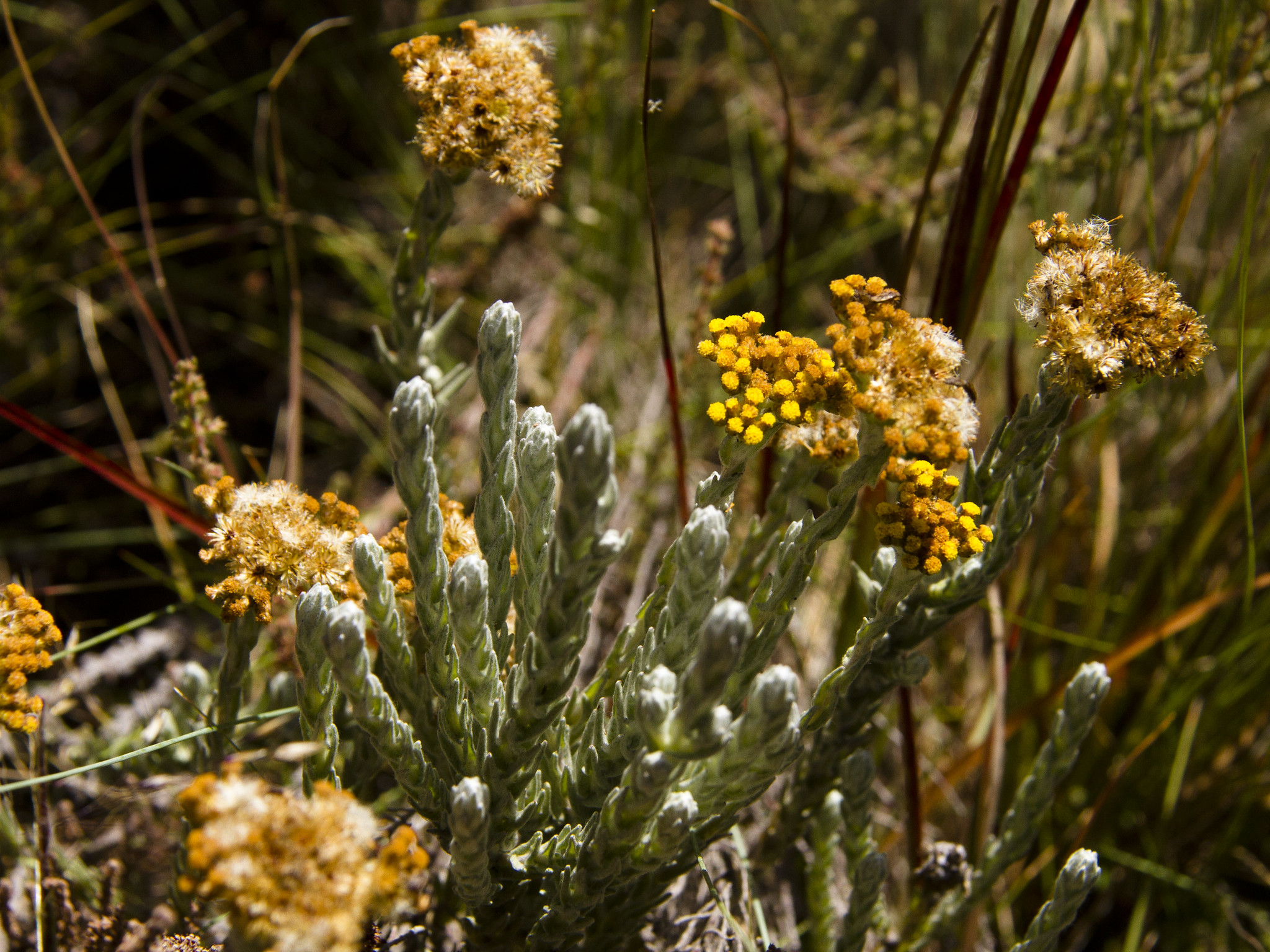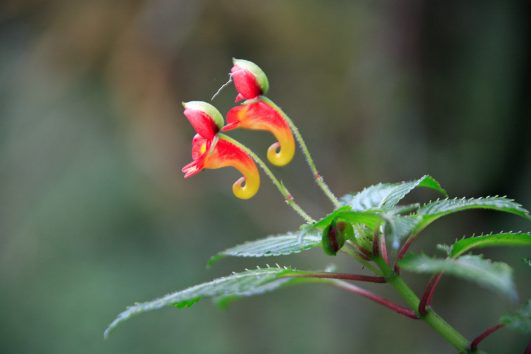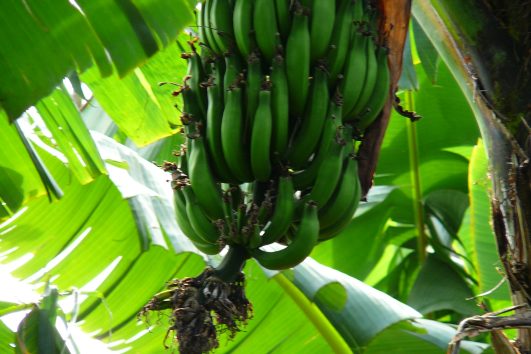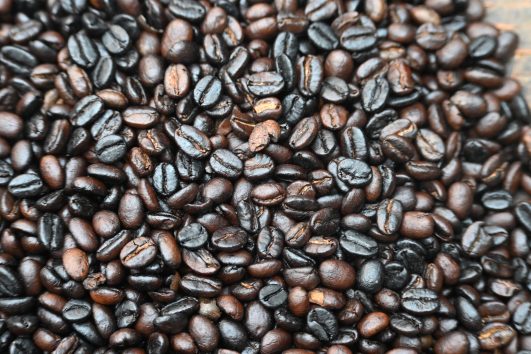Mount Kilimanjaro, with its diverse climatic zones ranging from tropical to arctic, hosts a stunning array of plant life. Among the most common types of plants you’ll encounter on your trek up Kilimanjaro are members of the Composite or Asteraceae family. Known for their distinct flower structures, composite flowers are easy to spot and fascinating to study. These flowers, characterized by their central disc florets and surrounding ray florets, are both beautiful and biologically intriguing.
What Are Composite Flowers?
Composite flowers, belonging to the Asteraceae family, are so named because they are composed of two types of florets: disc flowers in the center and ray flowers around the edges. This structure gives them a daisy-like appearance, making them easily recognizable. The flower head, or “capitulum,” is technically a cluster of tiny individual flowers, or florets, grouped together to form what appears to be a single bloom.
Key Features of Composite Flowers:
- Disc Flowers: These are small, tubular flowers that form the central part of the flower head. They are often yellow and densely packed, creating what looks like the “eye” of the flower.
- Ray Flowers: These are the outer flowers that look like petals. They are typically larger and more colorful, serving to attract pollinators.
- Involucre: This is a ring of bracts (modified leaves) beneath the flower head, which protects the developing florets and supports the mature flower.
Types of Composite Flowers
Composite flowers can be categorized into three main types based on their floral arrangement:
- Heads Composed of Only Ray Flowers: These heads have no disc flowers, just the petal-like ray flowers. Examples include dandelions and chicory. These flowers are simple, with a uniform appearance, and can often be found in meadows and grassy areas.
- Heads Composed of Only Disc Flowers: In these types, there are no ray flowers, only disc flowers are present. This type is less showy but still essential in the ecosystem. Examples include eupatorium and thistles. They often have a more compact and spiky appearance, typical of thistles.
- Heads Composed of Both Disc and Ray Flowers: These are perhaps the most recognizable, with a central cluster of disc flowers surrounded by a circle of ray flowers. Examples include sunflowers, asters, Black-eyed Susans, and chrysanthemums. This is the type most commonly associated with the daisy-like appearance that defines the Asteraceae family.
Composite Flowers Found on Kilimanjaro
During a trek on Kilimanjaro, you are likely to encounter a variety of composite flowers, especially in the lower and mid-altitude zones where vegetation is more abundant. Here are some notable composite flowers you might see:
- Helichrysum newii: Known for its silver foliage and yellow flower heads, this plant is a common sight in the alpine zones of Kilimanjaro. Its compact, cushion-like growth helps it survive the harsh mountain conditions, and its bright yellow flowers are a favorite among pollinators.
- Senecio kilimanjari (Kilimanjaro Groundsel): This species is endemic to the mountain and can be recognized by its large, rosette leaves and yellow flower clusters. It typically grows in the high moorland and alpine zones, thriving in rocky, well-drained soil.
- Dendrosenecio kilimanjari: Another composite endemic to Kilimanjaro, this giant groundsel is notable for its tree-like appearance, with a thick stem and large, lobed leaves. It produces clusters of yellow flowers at the top of its stalks, making it a striking feature of the high-altitude landscape.
- Arnica montana (Mountain Arnica): While not as common, this plant can sometimes be found in Kilimanjaro’s subalpine zones. It has bright yellow flowers with a characteristic daisy-like appearance and is known for its medicinal properties.
How to Identify Composite Flowers on Kilimanjaro
Identifying composite flowers on Kilimanjaro requires a keen eye and an understanding of the basic flower structures. Here are some tips to help you identify them:
- Look for Flower Head Structure: Determine if the flower head has only ray flowers, only disc flowers, or both. This is the primary way to classify composite flowers.
- Examine the Involucre: Look beneath the flower head for the involucre. The shape, size, and arrangement of the bracts can provide important clues for identification. For example, a chrysanthemum has a distinctive, layered involucre.
- Note the Leaf Arrangement: Composite flowers often have distinctive leaves. Some have spiky, thistle-like leaves, while others may have soft, furry leaves like Helichrysum newii. Leaf shape, texture, and arrangement on the stem can help distinguish different species.
- Observe the Plant’s Growth Form: Composite flowers on Kilimanjaro can grow as small herbs, shrubs, or even tree-like forms. Knowing the typical growth form of the species can aid in identification.
Why Composite Flowers Are Important
Composite flowers are crucial to the ecology of Kilimanjaro for several reasons:
- Pollinator Support: Their bright, easily recognizable flowers attract a variety of pollinators, including bees, butterflies, and other insects. By providing nectar and pollen, they play a vital role in maintaining the health of the ecosystem.
- Biodiversity Indicators: The presence of a wide variety of composite flowers indicates a healthy, biodiverse ecosystem. Different species have different requirements, so their presence suggests that the environment is suitable for a range of organisms.
- Erosion Control: Many composite plants have deep root systems that help stabilize soil, reducing erosion on Kilimanjaro’s slopes. This is especially important in the alpine and moorland zones, where vegetation is sparse.
Additional information
| Habitat | Heath & Moorland Zone |
|---|





Tour Reviews
There are no reviews yet.
Leave a Review